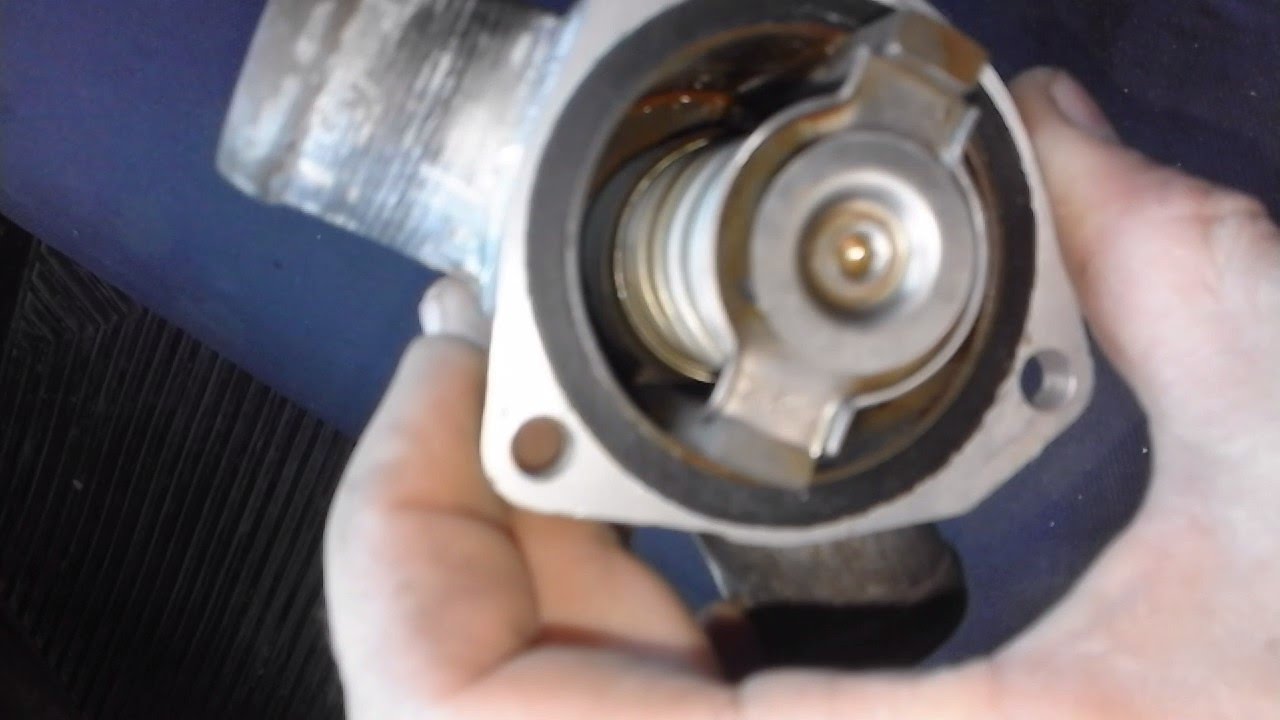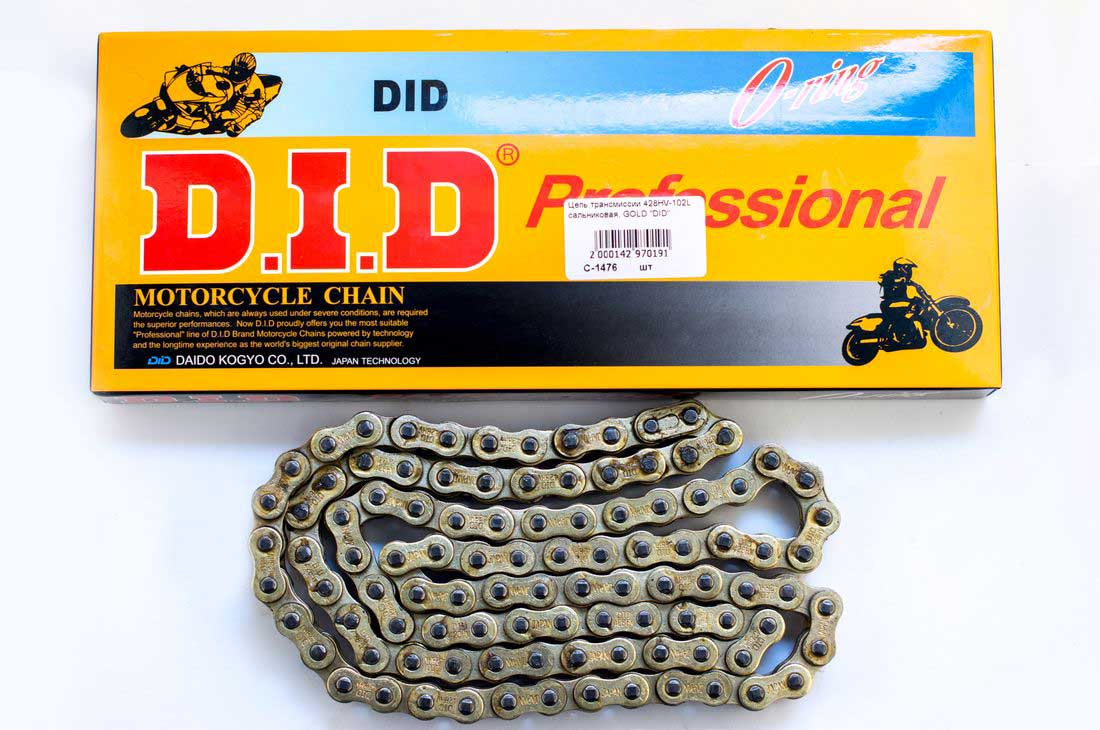
How to fix a car thermostat?
Content
What is a car thermostat?
The car thermostat plays an important role from the moment the car is first started. Its main purpose is to monitor the temperature of the engine coolant in order to properly regulate the flow of coolant through the radiator, ensuring that the engine runs at the correct temperature. When the engine is cold, the thermostat blocks the flow of coolant to the engine, allowing the car to warm up as quickly as possible. As the temperature rises, the thermostat opens slowly. By the time the engine reaches normal operating temperature, the thermostat will open fully, allowing coolant to flow through the engine. The hot coolant from the engine enters the radiator where it cools, the water pump pushes the lower temperature coolant out of the radiator and into the engine, and the cycle continues.
Keep in mind
- Timing is everything for the thermostat: it opens and closes at the right time to keep the engine running at the optimum temperature.
- If the thermostat does not open, then coolant cannot circulate from the radiator to the entire engine.
- A stuck closed thermostat can lead to very high engine temperatures and damage to vital engine components.
- On the other hand, if the thermostat fails to close or is stuck open, the engine temperature will remain low and not reach normal operating temperature, which can result in reduced fuel consumption, excessive deposits in the engine, and preventing overheating. entering the passenger compartment through the ventilation openings of the heater.
How is it done
- Remove the used thermostat by placing a drain pan under the radiator drain plug to collect engine coolant.
- Loosen the drain plug using a suitable puller, pliers, wrench, socket and ratchet to drain the coolant into the drain pan.
- Once you have located the thermostat, remove the required hoses and fittings attached to the thermostat housing and unscrew the mounting bolts to the thermostat housing.
- Access thermostat, remove and replace thermostat.
- Prepare mating surfaces of thermostat housing and motor with a gasket scraper to remove excess sealing material and use the supplied gasket.
- Tighten the thermostat housing bolts to factory specifications.
- Reinstall the required hoses and fittings.
- Carefully tighten the radiator drain plug without overtightening.
- Replace the used coolant with new coolant by topping up the coolant reservoir or radiator.
- Start the car and check for leaks, making sure all air has been expelled from the cooling system.
- Dispose of coolant in accordance with your state's environmental standards.
How can you say you fixed it right?
You'll know you've done the job right if your heater is running, hot air is blowing out of your vents, and when the engine is up to operating temperature but not overheating. Make sure no coolant is leaking from the engine. while the car is moving. Check the engine to make sure the light is off.
symptoms
- The check engine light may come on.
- high temperature reading
- Low Temperature Reading
- No heat coming out of vents
- The temperature changes unevenly
How important is this service?
The thermostat prevents the engine from overheating. If not taken care of as soon as possible, it can affect your vehicle's fuel economy, emissions, engine performance and engine longevity.
